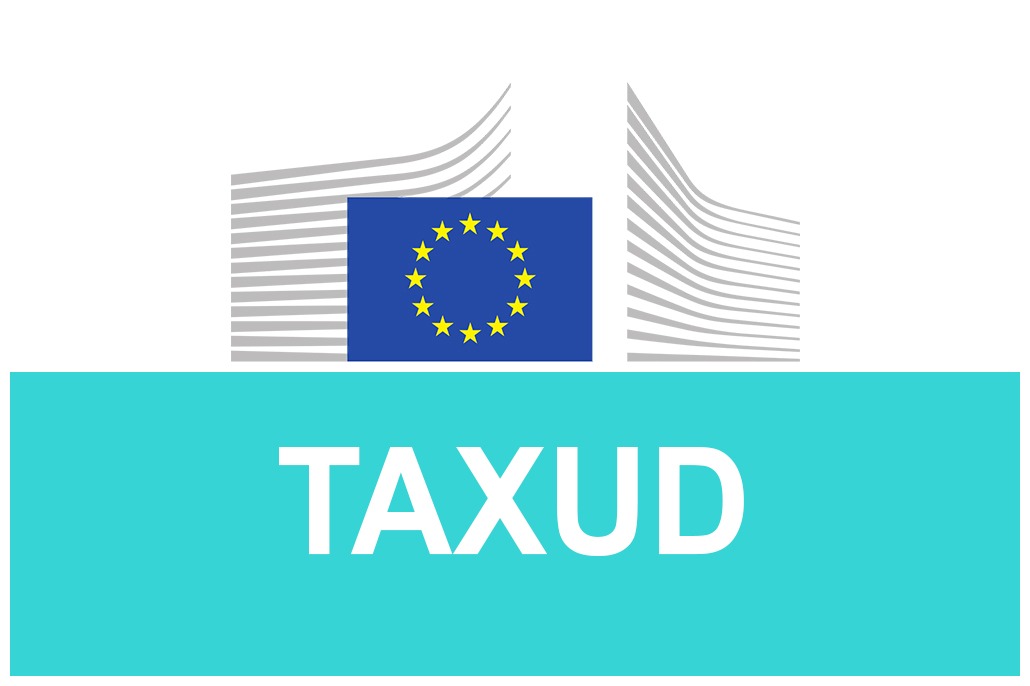Sharing best practices on tax administration and collections to reduce missing VAT
The European Commission is developing its VAT Gap Initiative in the third quarter of 2022 to help exchange ideas between EU member states’ tax administrations to help close the EU VAT Gap. This is an estimate of missing Value Added Tax revenues, with a latest estimate of €136 billion per annum.
This initiative will help EU countries by sharing best practices and supporting implementation. Many countries, such as Poland, have proven very successful at cutting their VAT gaps, and the EC wants to facilitate replicating this elsewhere. For example, Poland is not starting its SLIM VAT 3 program of VAT
Get our global VAT and GST free news emails, sign-up here.
DG Taxud run initiative
Dovetails of VAT in the Digital Age wider reforms being operated by the EC’s Taxud – The Directorate General Taxation and Customs Union’s mission is to develop and manage the Customs Union, a foundation of the EU, and to develop and implement tax policy across the EU for the benefit of citizens, businesses and the Member States.
The VAT Gap Initiative will run alongside the EU VAT in the Digital Age with reforms include a channel for harmonised Digital Reporting Requirements (DRR) and Continuous Transaction Controls (CTC) by EU states. This grew from the 2020 EU Tax Action Plan proposals for a fairer and more efficient EU tax regime.
The EC will also look at how administrative cooperation in the area of VAT can be strengthened and enhanced, to improve the fight against fraud and evasion. cooperation between administrations and anti-fraud officials – including greater interaction between the EU’s anti-VAT fraud network (Eurofisc) and OLAF and Europol.




